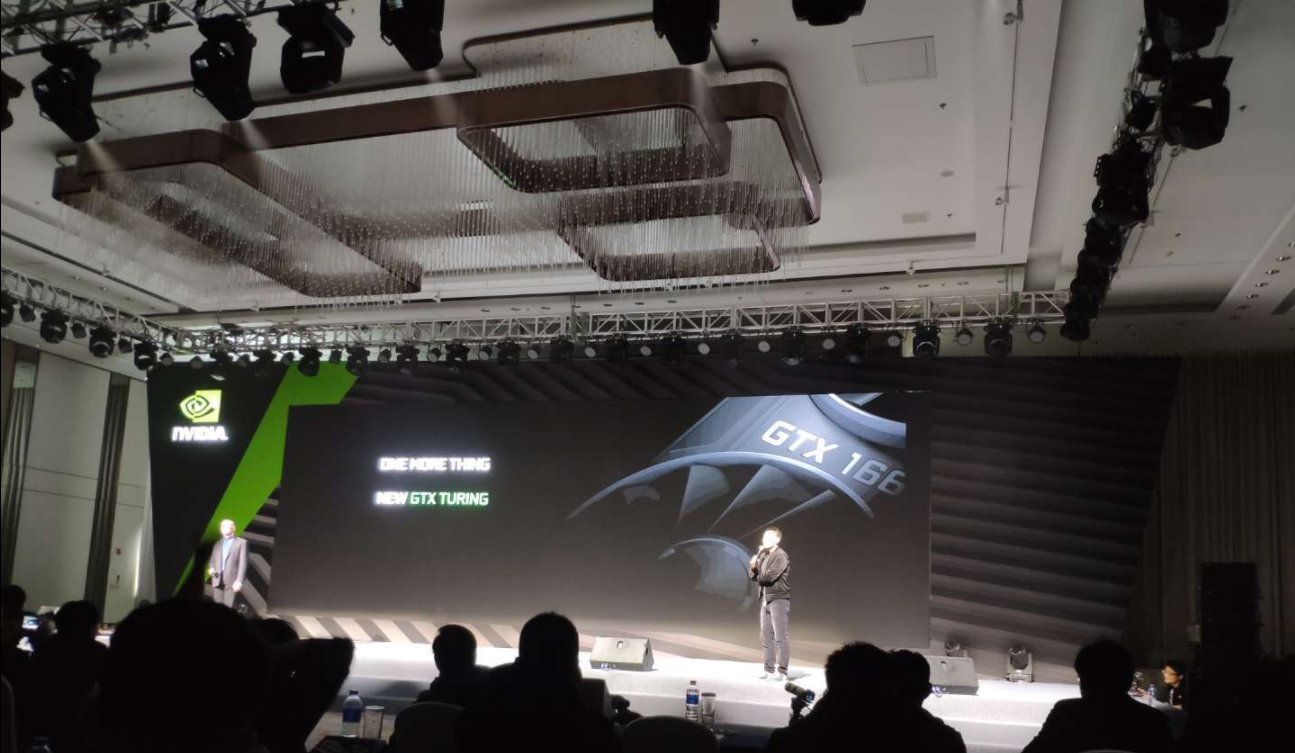While I wouldn't say that having 2GB less VRAM is a dealbreaker for this card, I do suspect that it will likely have a performance impact within the usable life of the card. At 1440p with max graphics settings, many games are already using near 6GB of VRAM. That will assuredly increase in the coming years, and I imagine some games may start to become notably more demanding after the next generation of consoles launch, which could be next year. So, it may end up being necessary to drop texture quality or other settings to keep performance stable at that resolution on 6GB of VRAM. The same goes for the 2060, though that at least has some new hardware features to set it apart from the last generation of cards. Most people are likely to keep a graphics card for a number of years, so it's worth considering more than just what performance is like now.
A 1660 Ti for $280 might not be bad, but it's definitely underwhelming. It's already possible to get a 1070 on sale for as little as $300, or for under $250 on the used market. If we ignore the difference in VRAM, it might be a slightly better value than what's out there now around this price, but not by much. And this being $280 also means that the card Nvidia launches to fill the 1060's price slot will have less performance still. Supposedly, the 1660 non-Ti will have around 17% of its cores disabled and 33% lower memory clocks,



